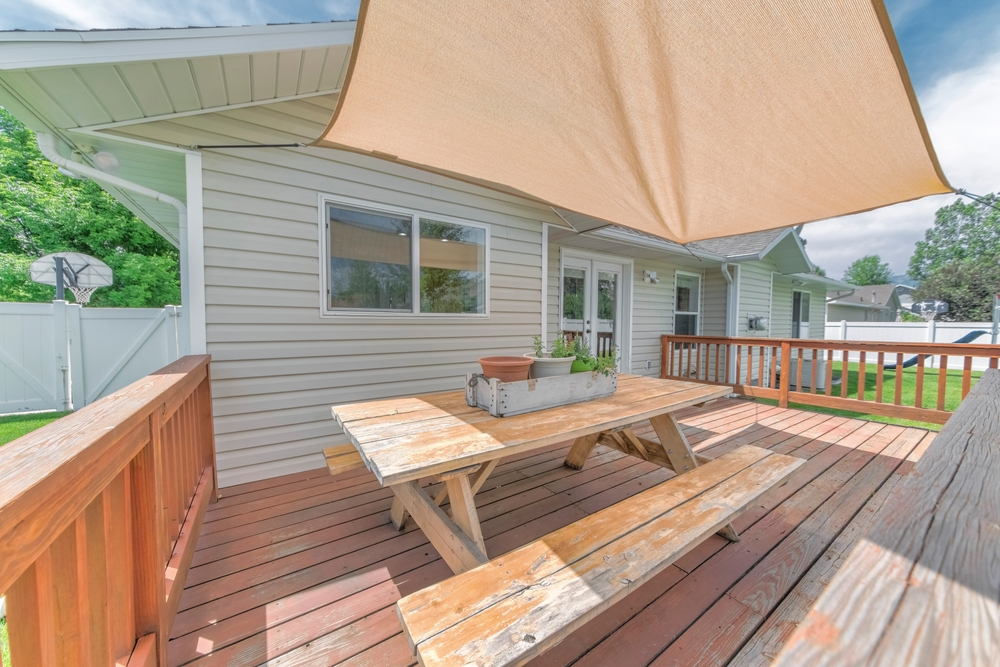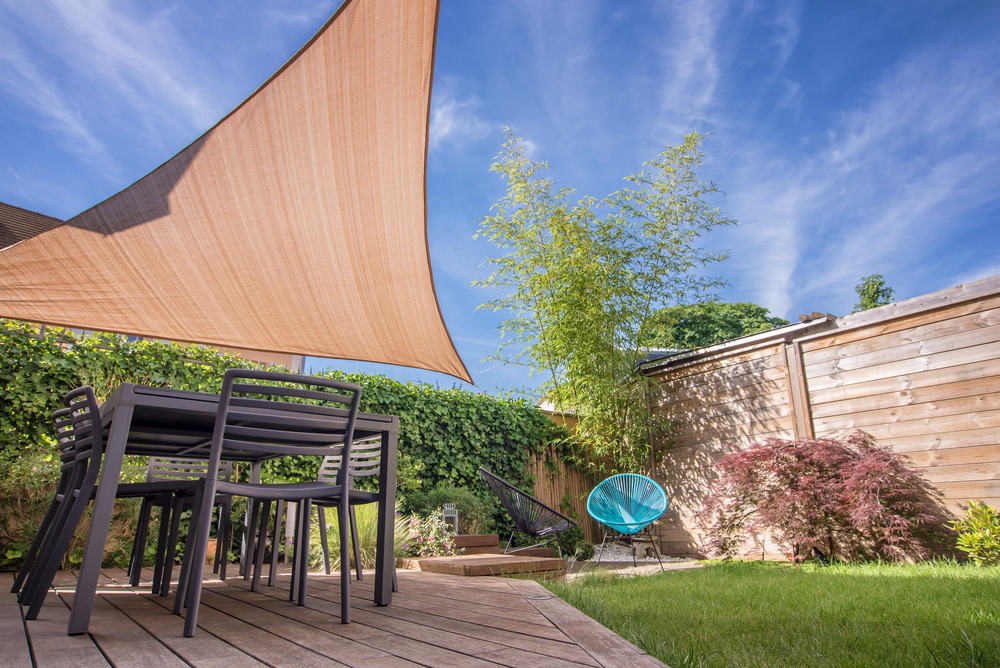Innovative Designs for Creating Enviable Outdoor Learning Spaces
- byAdmin
- Feb 08, 2024
- 34721 view
- 20 Mins

How often have you sighed at the sight of a well-designed outdoor learning area that encourages pupils to step out of the confines of their classrooms and experience the joy of learning amidst nature? Wouldn’t it be wonderful to blend nature, comfort, and learning in a synergy that sparks inspiration and creativity? How beneficial it would be for the children to have an outdoor learning area designed for practical lessons and creative thinking! Well, fret not, because that’s exactly what we will be unravelling in this blog post: Innovative designs for outdoor learning space shades.
As schools around the globe evolve, the freckled sunshine and the gentle rustling of leaves in an open, well-designed space are fast becoming an essential part of the new learning environment. Outdoor learning area shades not only provide a protective element but also add an aesthetic flair, welcoming young minds into their embrace. We’ll delve into some of the most innovative designs that marry functionality with style, ensuring an inviting learning atmosphere.

This blog post will inspire schools, educators, architects, and designers seeking ideas for crafting outdoor learning area shades to ensure a sense of freedom, creativity, and practical learning, all while under the protection of the perfect shades.
The Charm of Biophilic Designs
Biophilic designs incorporate elements that evoke the feel of nature, fostering a strong connection between humans and the environment. These designs have taken the architectural world by storm, and rightly so. Incorporating natural elements like trees, bamboo, and wooden beams into the shade structure can create a sense of being in a lush natural setting.
Biophilic designs for outdoor learning area shades should ideally focus on using sustainable materials for construction. The use of recycled materials, for instance, can also serve as a statement about the school’s commitment to sustainability and can be a valuable learning experience for students.
There are a host of examples where schools have intelligently integrated this seamless merger of nature and design, offering vibrance, serenity, and a perfect location for students to relax, learn, and imbibe from the environment.
Multifunctional Designs
Multipurpose and functional designs offer practicality and sufficient versatility to cater to different needs. This involves careful planning of the layout to include carefully placed benches, tables, and possibly even a small stage for performances.
Multifunctional designs for shades can play a pivotal role in encouraging more outdoor lessons, as they ensure that the area is adaptable for a range of different activities. Play and learning can therefore coexist perfectly under the same roof.
While multifunctional designs may appear daunting at first, once implemented, they have been illustrated to significantly boost student interactions and activity participation rates.
Bright, Colorful Canopies
Shades don’t necessarily have to be bland or boring. Embracing vibrant colors will not only have an aesthetic appeal but also create a happy, positive ambiance, sparking creativity among students.
These bright shades can be utilized to demarcate specific learning areas – showcasing different subjects or themes. Non-standard shapes, patterns, and colors can also create an exhilarating environment, fueling curiosity and prompting exploration.
Integral to such designs is paying attention to the quality and durability of materials being used, ensuring they can withstand different weather conditions whilst retaining their charm.
Blending the Indoors and Outdoors
A beautiful and effective design approach integrates the indoors with outdoors. Utilizing retractable shade structures or flexible partitioning can create a blurring effect, engendering a sense of cohesion between indoor and outdoor learning spaces.
Such designs offer flexibility, catering to spontaneous changes in weather or scheduled lessons. They provide an optimal solution for those schools that value integration of indoor instruction and the allure of nature-led, outdoor learning.
Being a novel idea, it requires some additional investment, but the benefits it brings make it worthwhile, adding a new dimension to learning, thereby justifying the initial costs.
The Importance of Location
The location of the outdoor learning area immensely influences the design, making it imperative for architects and designers to utilize the natural landscape effectively. Making use of natural shade such as large trees, or orienting the design to leverage the direction of sunlight throughout the day, can offer not only a pleasant aesthetic but also a proprioceptive learning experience for students.
Pros and Cons
While innovative designs for covered outdoor learning area shades offer numerous advantages such as fostering connection with nature, encouraging active learning, and enhancing creativity, they do come with a few challenges.
A major limiting factor is the budget. Advanced and structurally sophisticated designs often come with a higher price tag. Additionally, maintenance of outdoor learning areas might be higher compared to conventional indoor classrooms.
Conclusion
The realm of educational design is continually evolving, and the inclusion of outdoor learning spaces is a testament to this advancement. Innovative designs for outdoor learning area shades have modernized the way students experience their surroundings, integrating nature, comfort, and learning to a point of indistinguishability.
As elaborated, despite a few challenges, various innovative designs promise to transform outdoor learning spaces, providing students with valuable experiences that are both fun and educational, fostering a love for learning and nature.
Indeed, our goal in this post was to inspire and encourage schools to think out of the box when designing these spaces, and hopefully, we have tickled your innovation bone. Here’s to creating beautiful, functional, and inspirational outdoor learning spaces!
